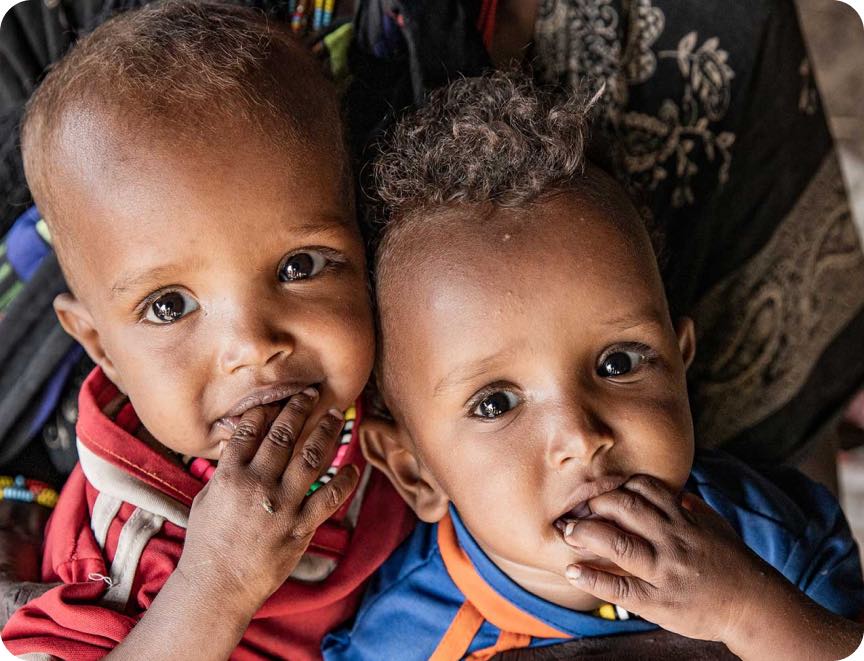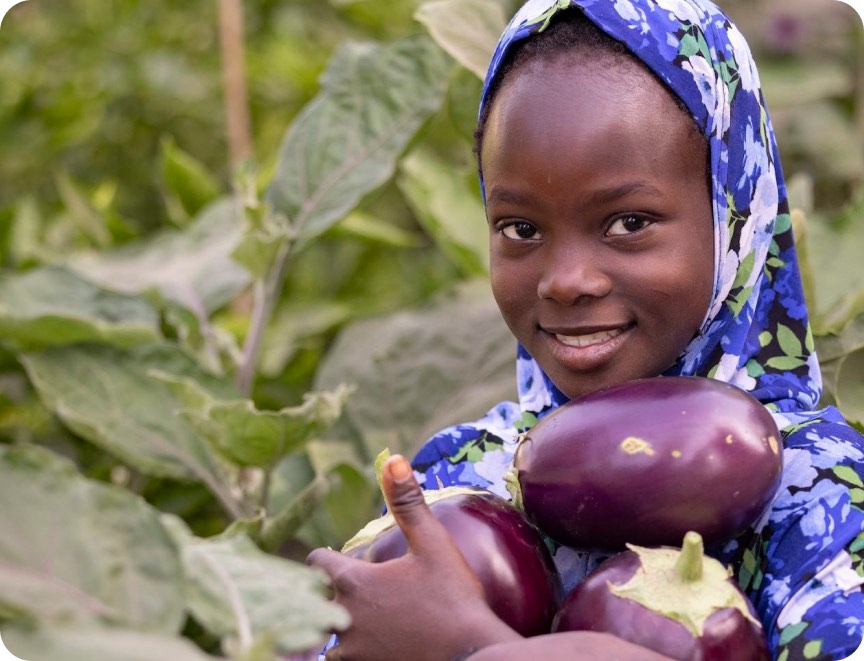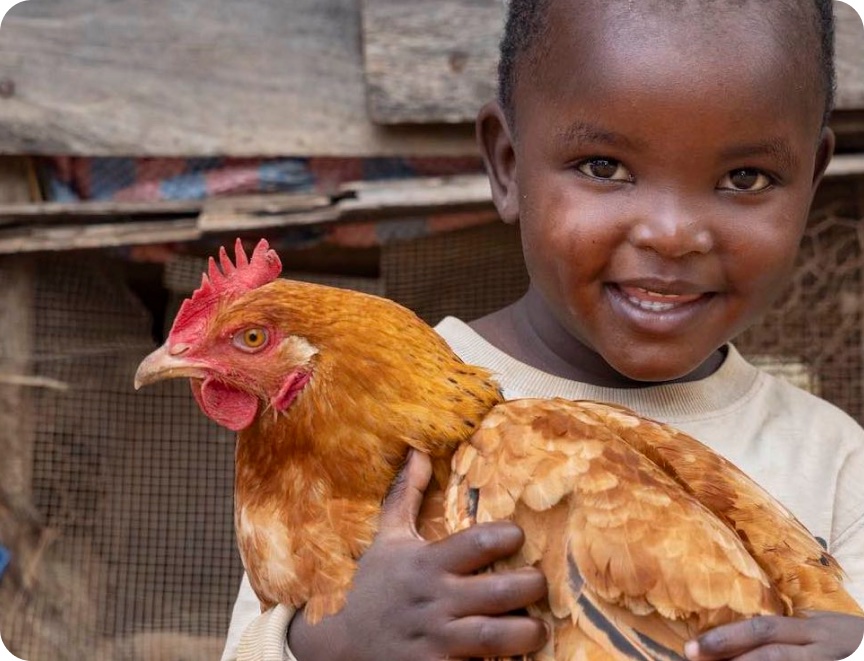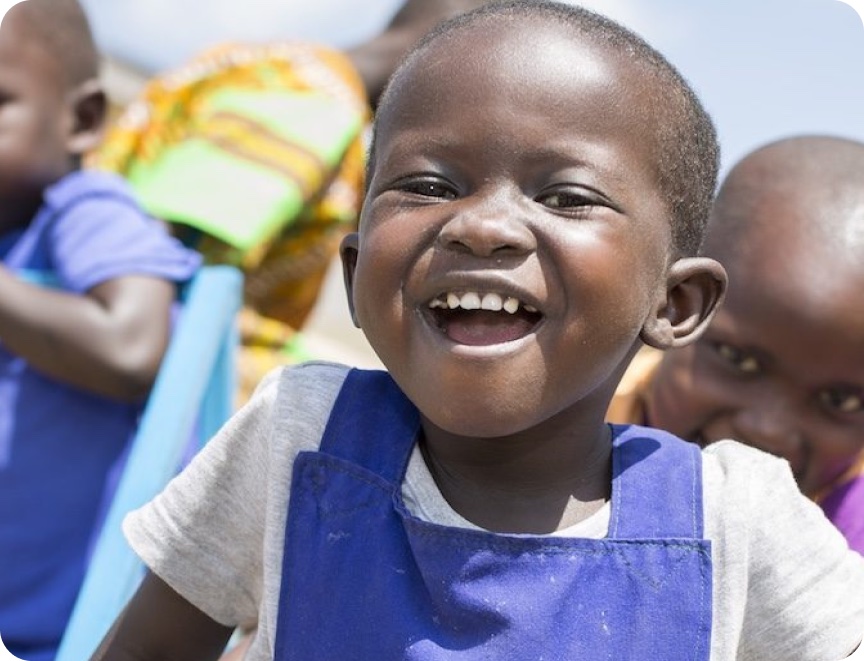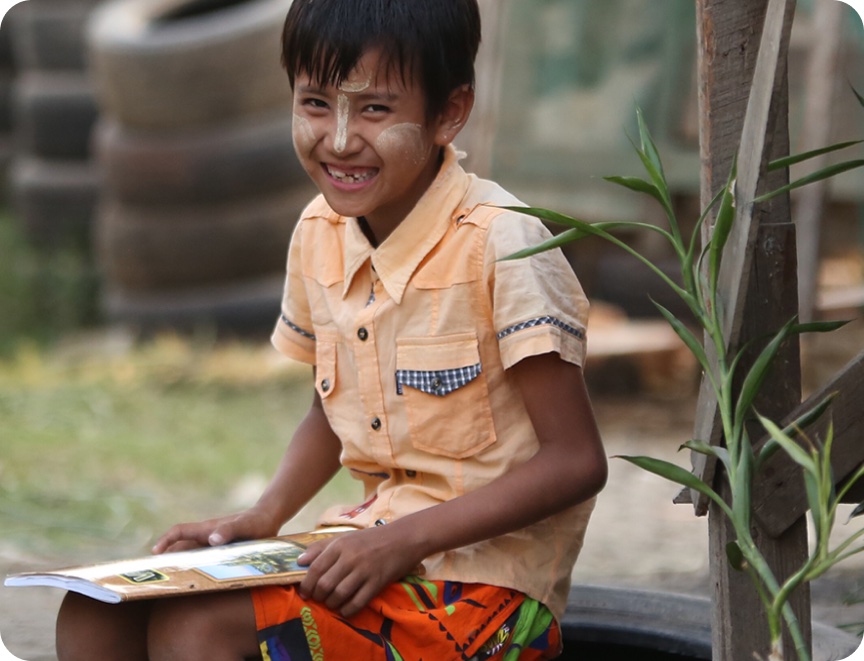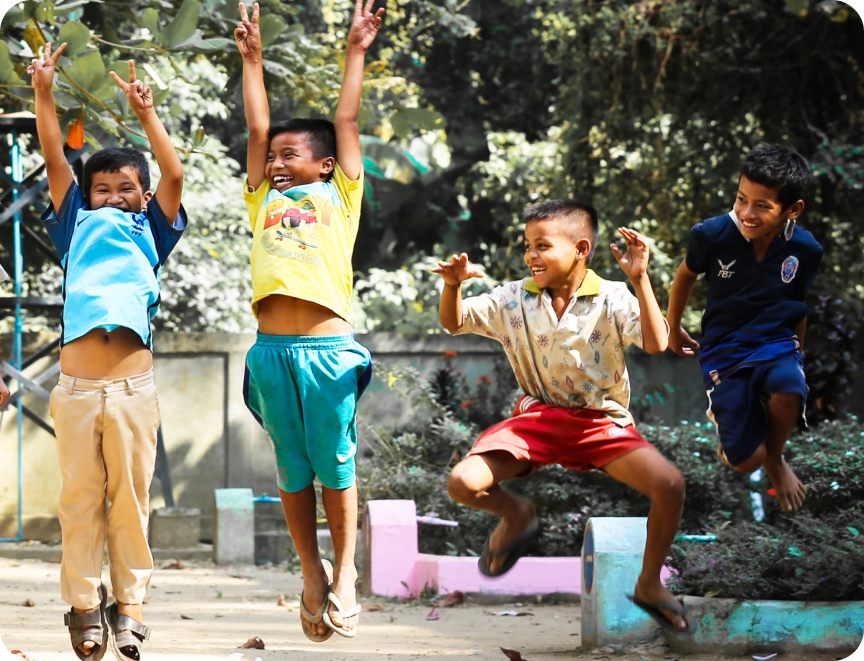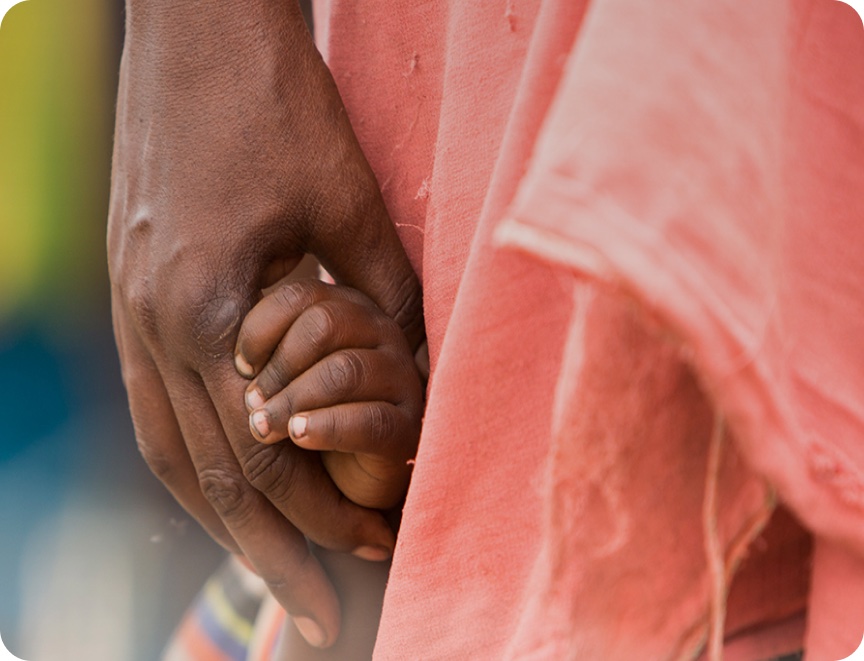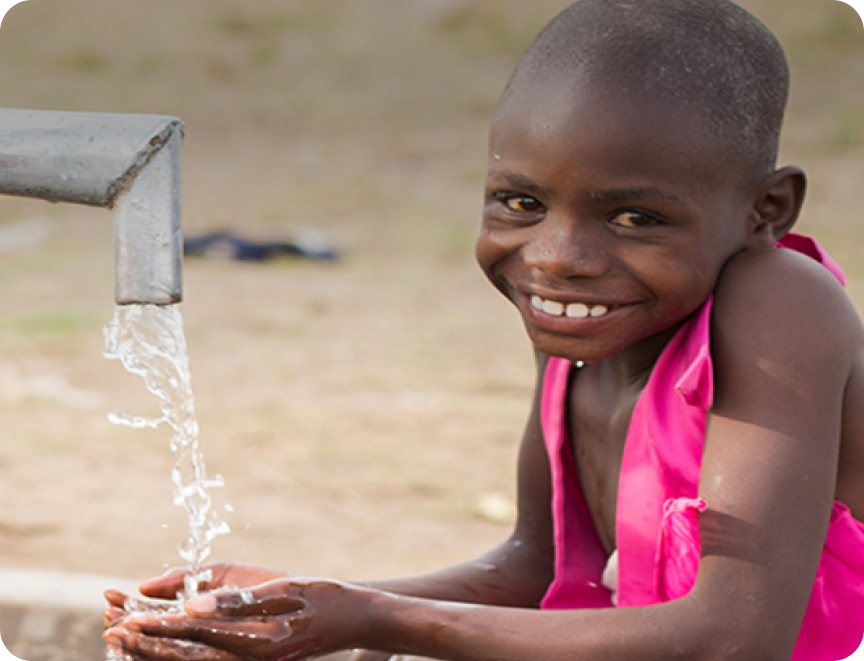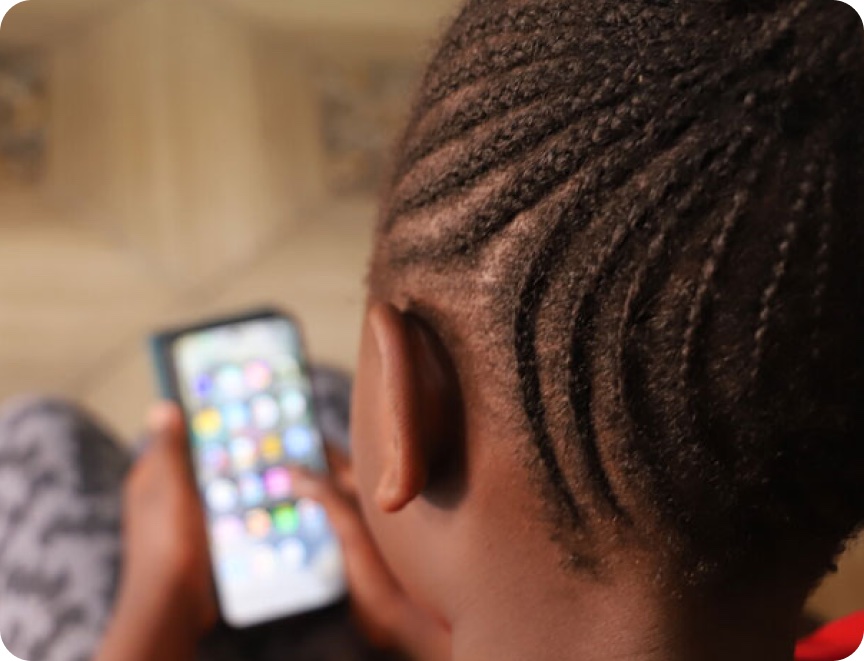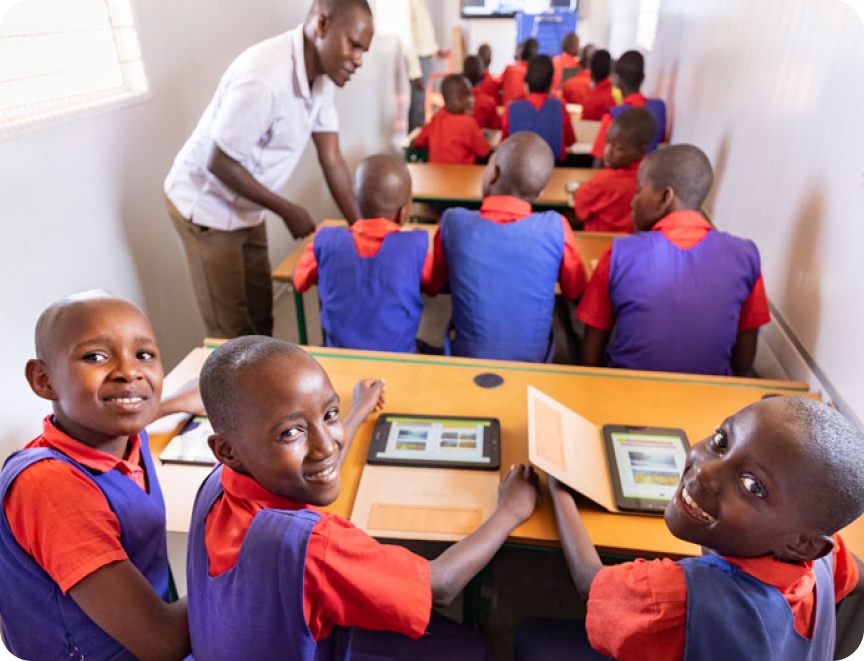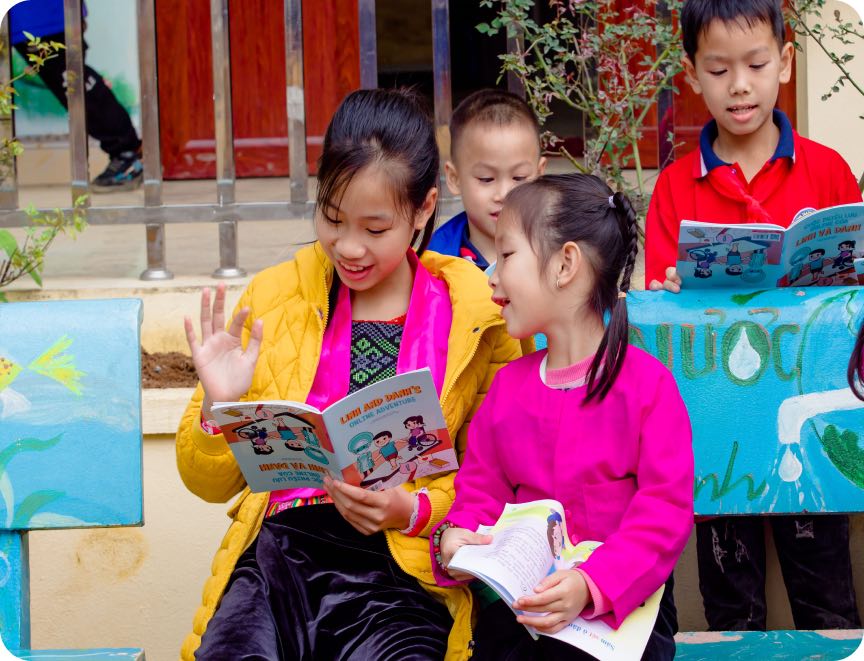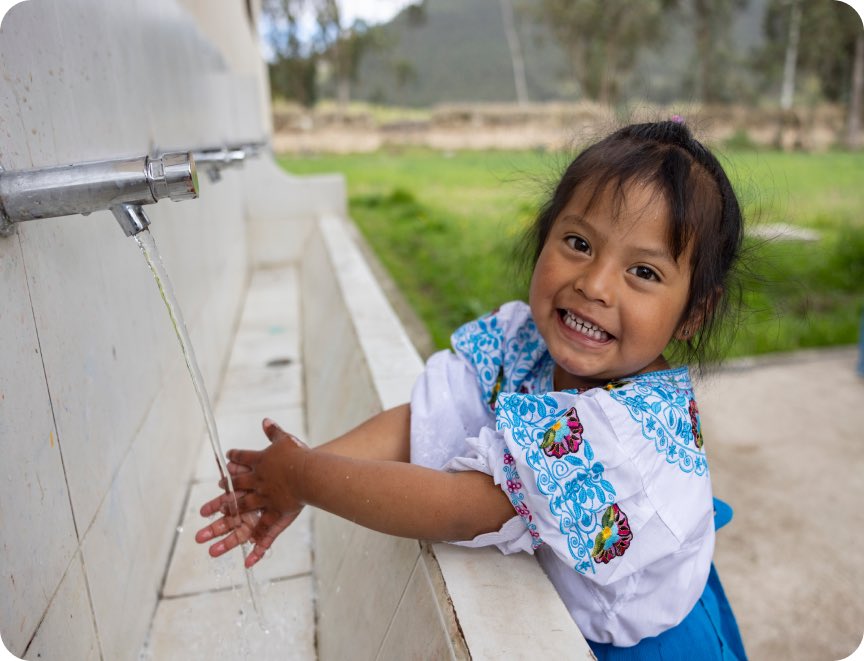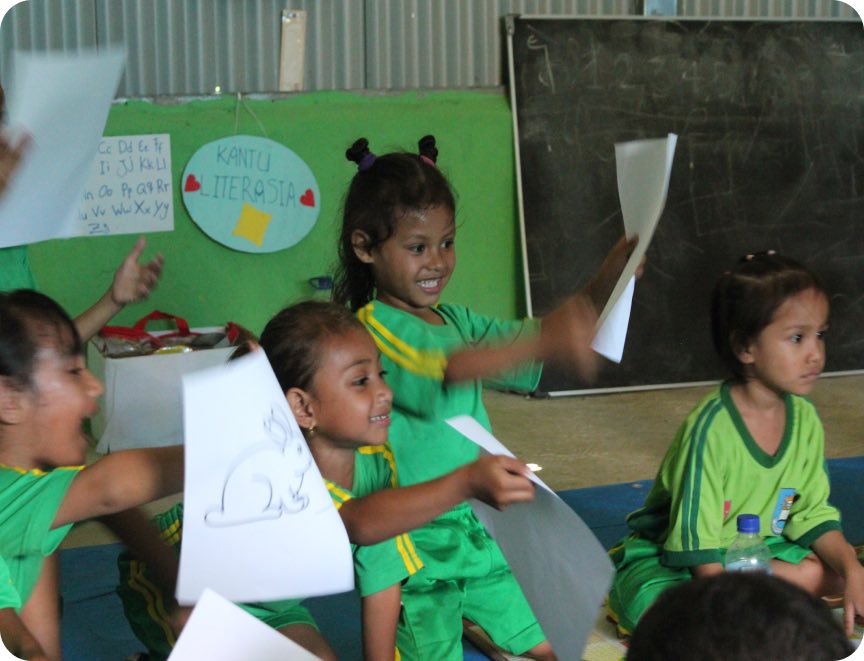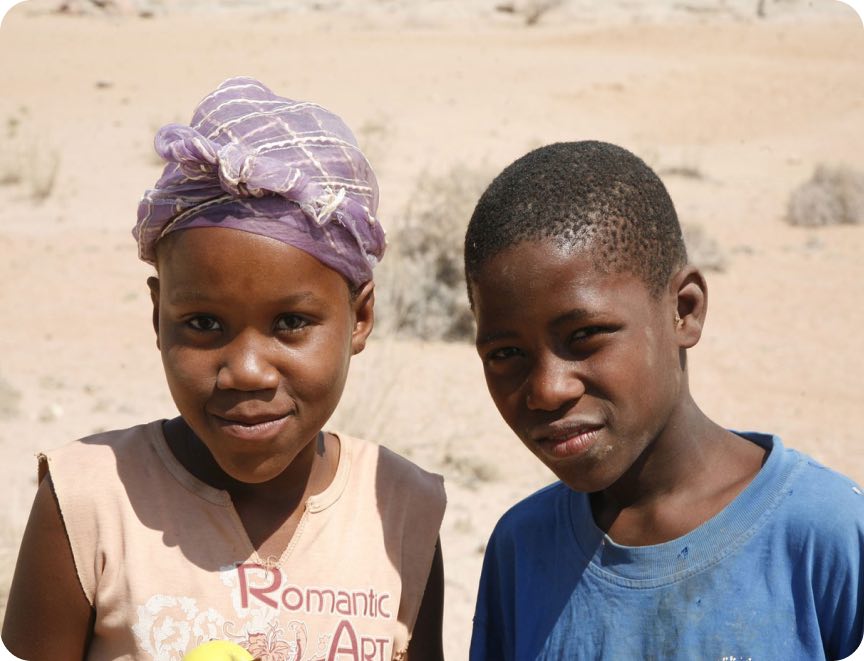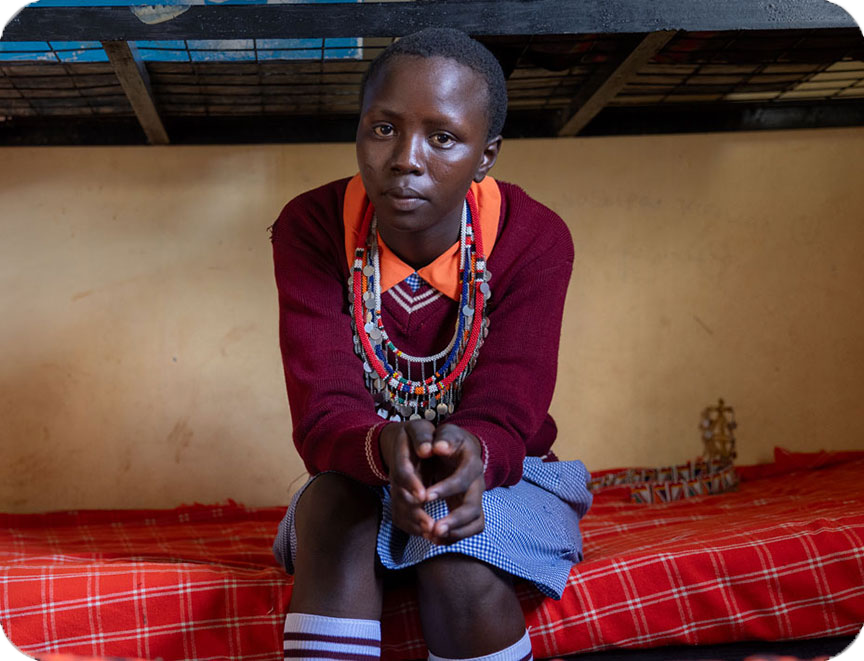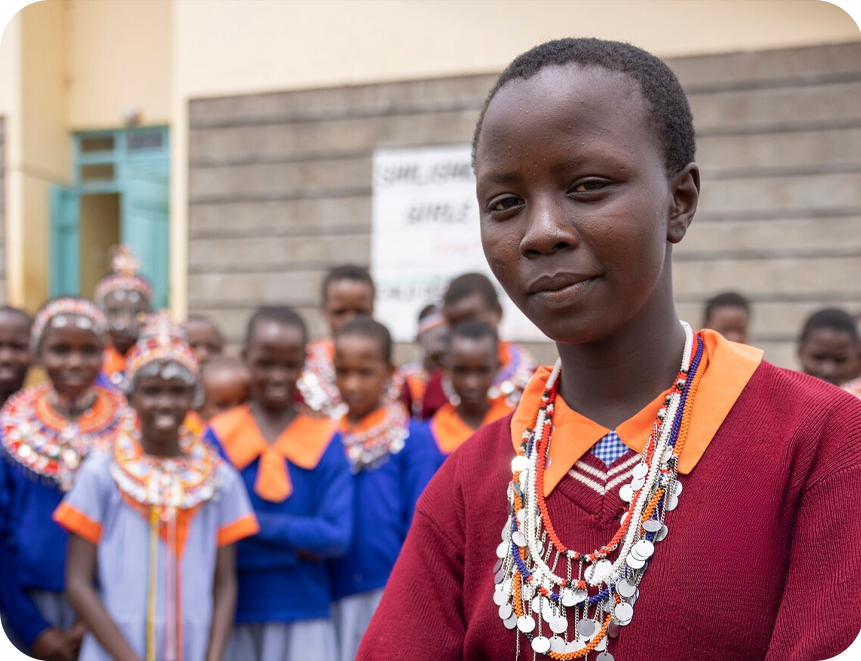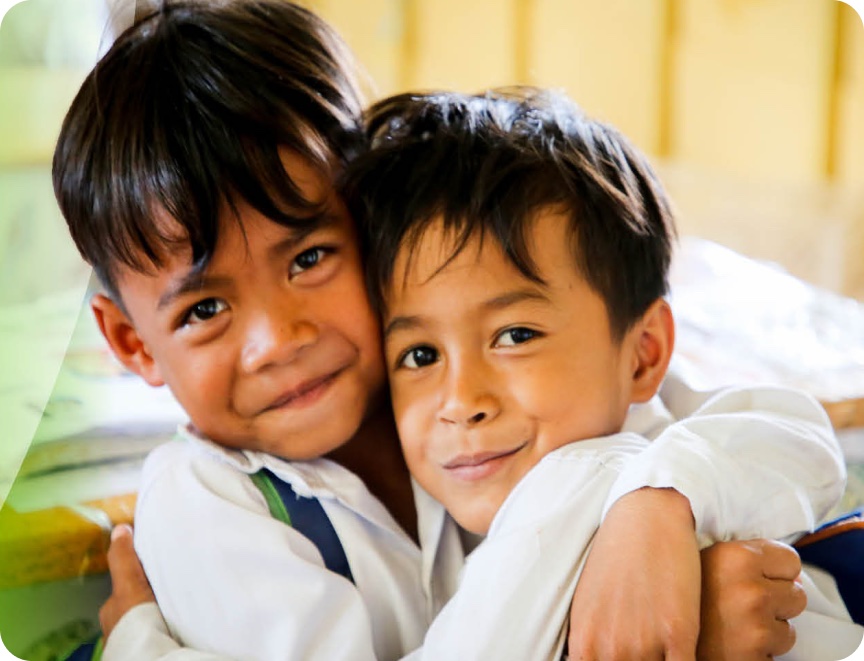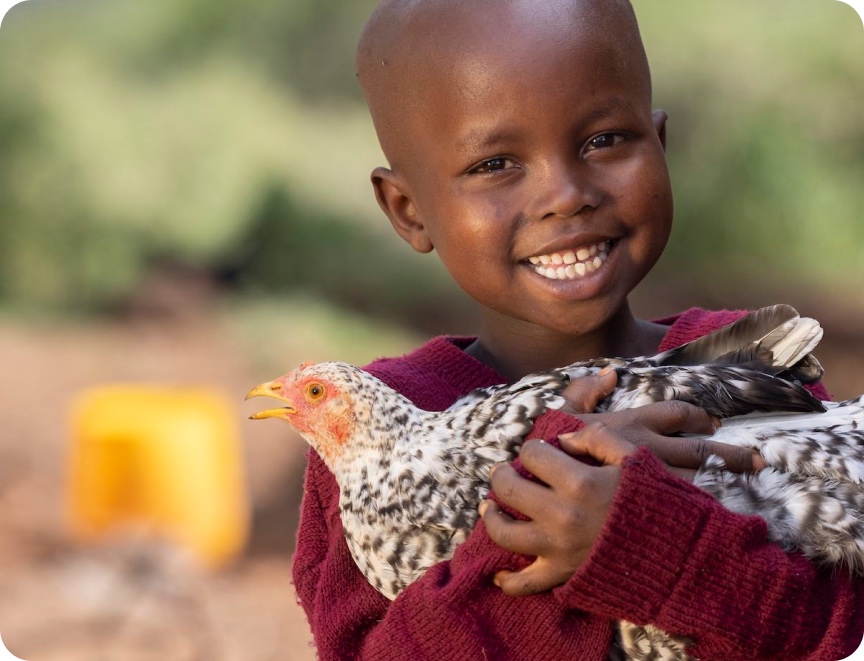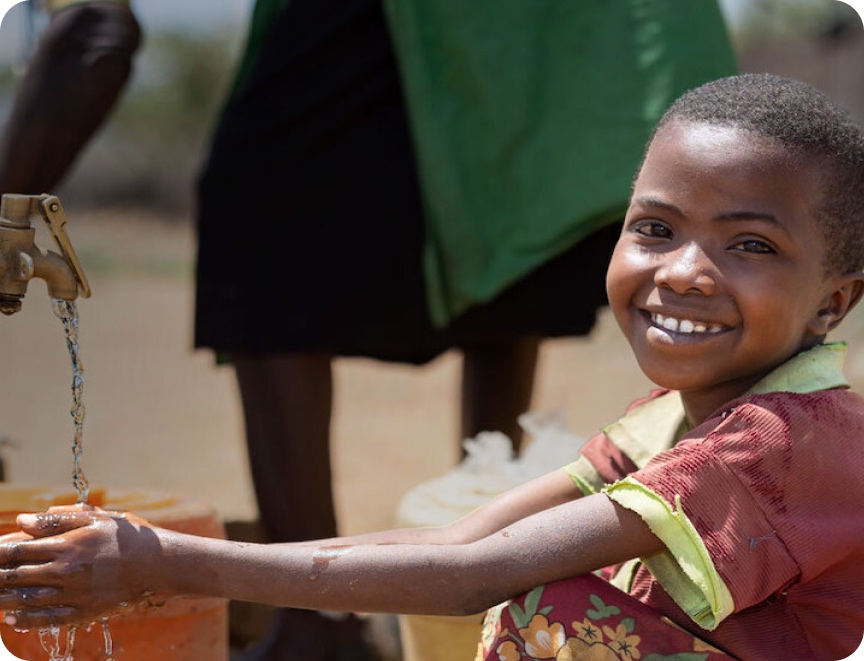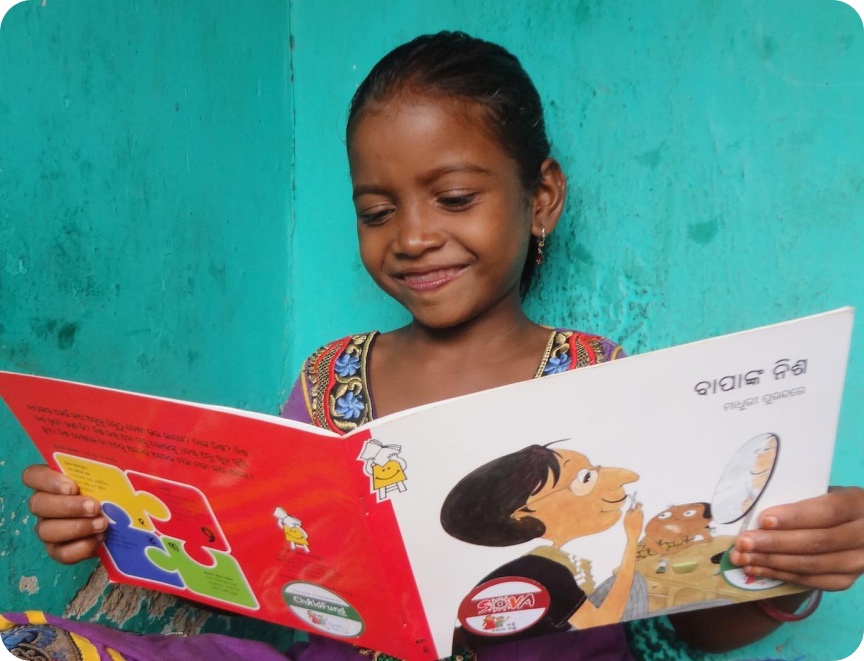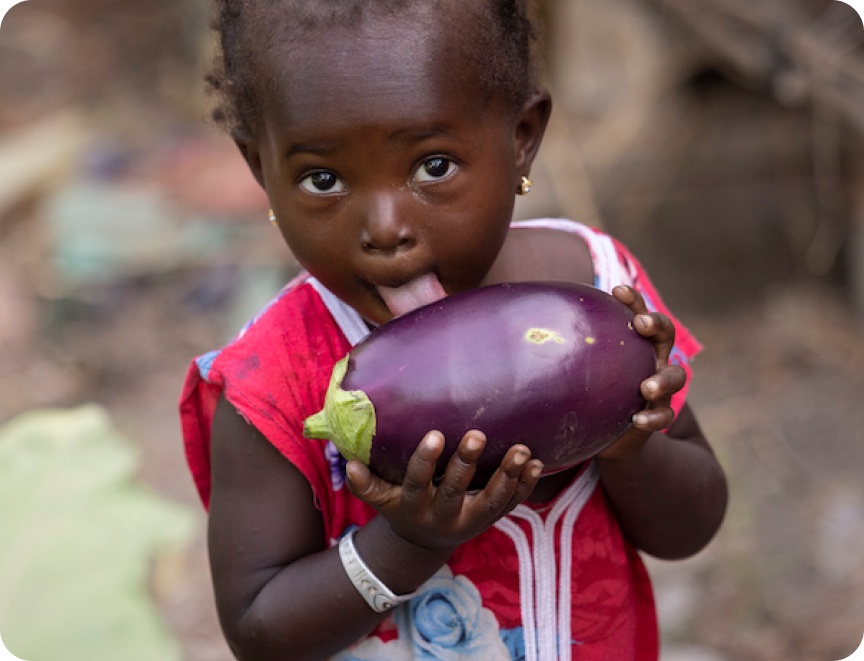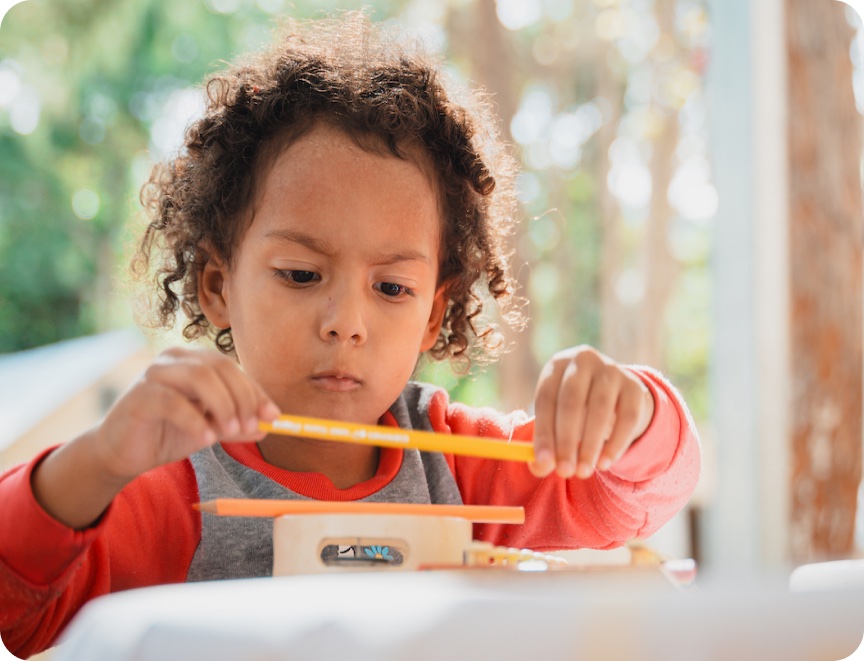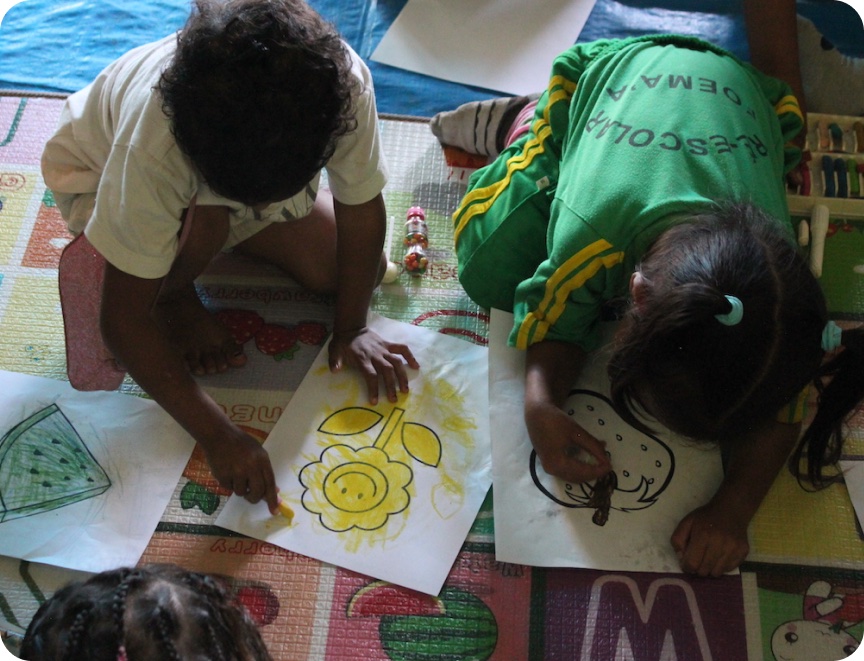ChildFund Australia welcomes the announcement that an initial ceasefire agreement has been reached for Gaza, which includes the release of Israeli hostages , some Palestinian detainees and an urgent increase in the flow of humanitarian aid into Gaza.
This announcement provides hope for a path to sustainable peace after 15 months of catastrophic violence during which more than 14,500 children are estimated to have lost their lives, and more than 90% of the population has been displaced.
While this is a critical first step, the situation in the region remains highly fragile. A sustained and permanent ceasefire is the only way to protect civilians, enable full life-saving humanitarian access so urgently needed, and enable diplomatic solutions for a secure, sustainable peace.
We therefore urge all parties and the global community to continue to pursue all diplomatic avenues to secure a lasting and permanent ceasefire, and accountability for children.
This announcement comes at a time when famine has been deemed imminent, amidst exposure to harsh winter conditions, compounding the already dire situation for children.
In this moment, our critical concern remains the safety, protection and well-being of children and young people, and their families, and preventing any further loss of life. Violence and conflict have exacted its toll, and at the same time, the restrictions on aid have created preventable harm to children from catastrophic hunger, from disease, from hypothermia, as well as from the destruction of health and education infrastructure and services.
The scale of humanitarian need is tremendous, and every effort – big and small – must be made to ensure children and young people, along with their parents and carers, urgently receive lifesaving food, shelter, medical assistance, protection, and psychosocial support.
ChildFund notes that the two laws aimed at ending the operation of UNRWA will shortly come into effect, despite the critical importance of the UN agency not only to all humanitarian operations in Gaza but also to stability in the Territories. The role of UNRWA must be safeguarded.
ChildFund Australia remains in communication with our humanitarian partner, WeWorld, who are operating in Gaza and continues to: deliver water for consumption and domestic use; distribute water storage devices such as jerry cans and water tanks; construct new and rehabilitate existing latrines to ensure hygienic disposal of waste; distribute hygiene kits including menstruation management items; and collect and dispose of solid waste.
ChildFund Australia continues to call for lasting peaceful solutions that are guided by international law and prioritises children’s rights, to ensure an end to the protracted violence in the occupied Palestinian Territories.
Quick Facts:
- More than 46,000 people have been killed including 14,500 children, with over 109,000 more injured (with estimates that the actual death toll could be 40% higher than reported)
- Approximately 17,000 children are unaccompanied or separated from their parents
- Approximately 22,500 children have suffered life-changing injuries requiring ongoing rehabilitation
- Around 90% of Gaza’s population has been displaced and it is estimated that 69% of structures in Gaza have been destroyed.
- 660,000 girls and boys who should be in education, are living in the rubble
The Australian Council for International Development (ACFID), the peak body for international development and humanitarian agencies, Australian Disability and Development Consortium (ADDC), supported by 18 disability and international development organisations, today celebrate the release of Australian Government’s new International Disability Equity and Rights Strategy (IDEARS).
Announced ahead of International Day of People with Disability on 3 December, the strategy reaffirms Australia’s leadership in advancing disability equity across international development, humanitarian assistance, climate action, and foreign and trade policy. Heeding the sector calls, the Government also announced an additional $12 million for assistive technology (AT) in the Indo-Pacific over four years. This is a vital investment that signals the Government’s ambition for immediate implementation of the new strategy.
For the first time, the Australian government has set a target for performance on disability equity across all international and humanitarian efforts, committing to raising the bar on inclusion and rights. The strategy sets a target for 60 per cent of all programming to be performing effectively on disability equity by 2026 with a staged approach to reach 70 per cent by 2030.
This commitment is strongly welcomed by the sector – with leading Australian international development and domestic disability organisations coming together over the past 12 months to call for the strategy to be ambitious, accountable, and resourced. “The Australian Government’s strategy provides a clear and actionable roadmap for advancing equity with people with disabilities in your region and globally,” said Kerryn Clarke, Executive Officer of ADDC. “Australia is setting the stage for real, lasting change that will enable people with disabilities not just to be in the room, but to have a seat at the table and lead the conversation.”
The strategy prioritises partnering with people with disabilities. With civil space shrinking in the region, elevating the voices and priorities of Organisations of People with Disabilities (OPDs) and civil society has never been more vital.
People with disabilities make up 20 per cent of the world’s poorest population and face disproportionate exclusion from opportunities in education, healthcare, and employment, particularly in times of crisis. In the Indo-Pacific region alone, over 700 million people are estimated to have a disability. For people who experience multiple layers of marginalisation, these impacts are amplified and can lead to further isolation and exclusion within their communities.
Jane Edge, Chief Executive Officer of CBM Australia, a leading Australian organisation in disability equity in international development, said “The focus on dismantling barriers to inclusion is crucial. Disability equity isn’t just about participation; it’s about tackling the specific challenges people with disabilities face in their daily lives including accessing education, healthcare, and employment. This strategy provides a clear path forward to ensure that people with disabilities can fully participate in society and their communities, on an equal basis with others.”
ACFID’s Disability Policy and Advocacy Lead, Lanni Hamblin, called the strategy a turning point “This will move Australia’s development program beyond pockets of isolated good practice, to a cohesive approach.
We commend and welcome the Government’s extensive consultations with people with disabilities in developing the strategy and its commitments. This echoes the disability movement’s calls of ‘nothing without us,’ and ensures that those most affected are central to the strategy’s design and implementation.”
Australia’s new strategy builds on its leadership in this area, being the first country to create a disability-specific international strategy and one of the first to sign the UN Convention on the Rights of People with Disabilities. The sector remains committed to working with the Australian government towards achieving disability equity, so no one is left behind.


